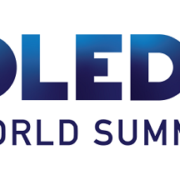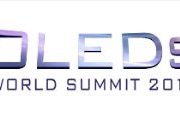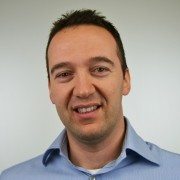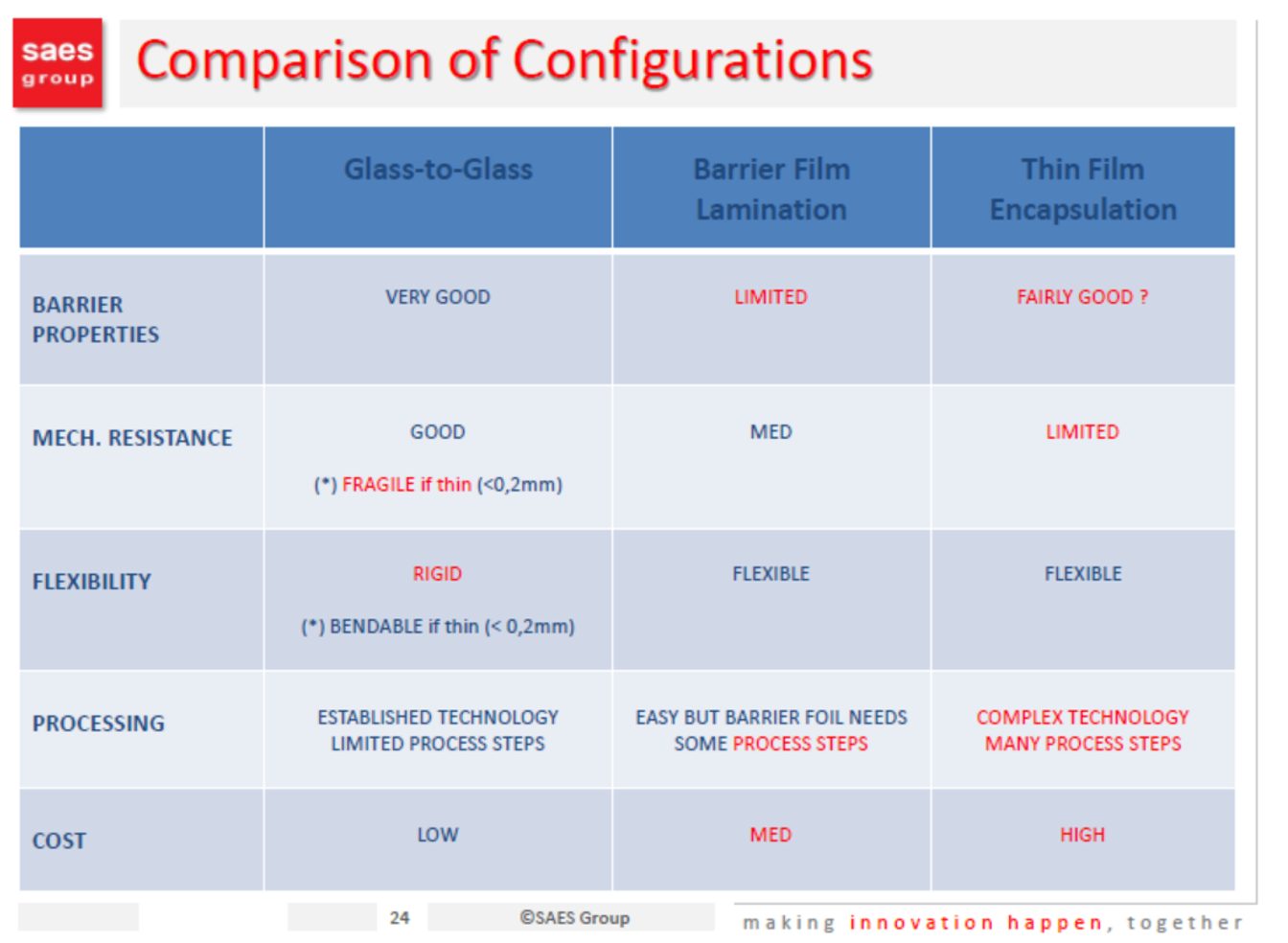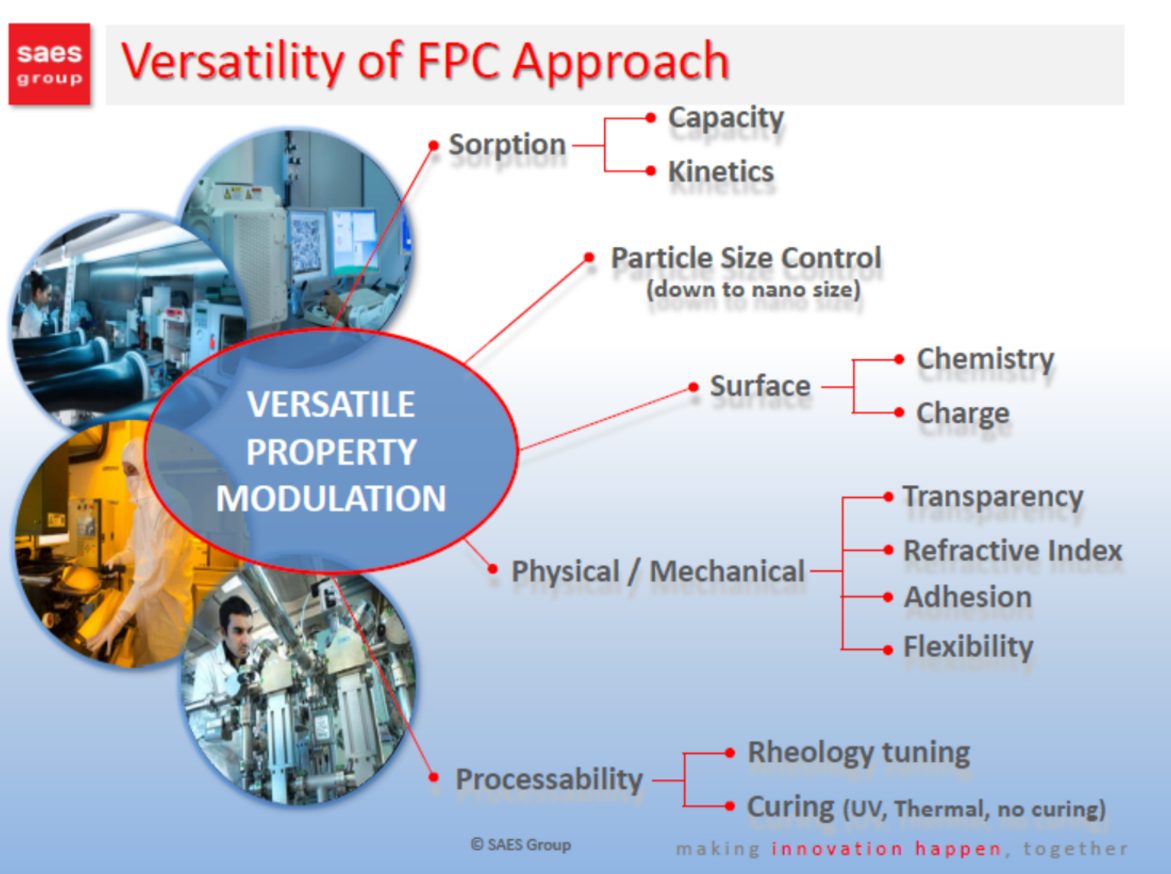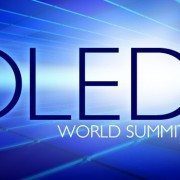Intel, Audi AG, LG Display, and More Experts Join the OLED’s World Summit 2022 Agenda
(San Francisco, CA) – July 28, 2022 – Smithers, a leading provider of testing, consulting, information, and compliance services, is hosting OLED’s 2022 conference this year at the Hotel Kabuki on October 25-27 in San Francisco, CA, and virtually.
The 2022 program has been announced! Featuring expert speakers from Intel, Audi AG, LG Display, Coherent, Palomaki Consulting, Nanosys, OLEDWorks, eMagin, Yole Developpement, Omdia, Schrödinger, Applied Materials, and more.
This event explores the latest developments taking place within the OLED value chain, providing attendees with timely insights surrounding the impact of COVID-19, innovation and product advancements, emerging solutions and material developments, current product trends, and new opportunities for growth and increased market share.
Plus, all networking breaks, lunches, and the networking reception will be shared with the co-located Phosphors and Quantum Dots attendees, doubling the networking possibilities!
For sponsorship opportunities, please contact Ashli Speed, aspeed@smithers.com, for more information. Don’t forget to join the mailing list to stay up to date with the latest event details.
The pricing for this event is tiered, so the earlier you book, the more you save. To learn more and register, please visit the event website: www.oledsworldsummit.com
For more information about Smithers, please visit www.smithers.com.
###
About Smithers:
Founded in 1925 and headquartered in Akron, Ohio, Smithers is a multinational provider of testing, consulting, information, and compliance services. With laboratories and operations in North America, Europe, and Asia, Smithers supports customers in the transportation, life science, packaging, materials, components, consumer, dry commodities, and energy industries. Smithers delivers accurate data, on time, with high touch, by integrating science, technology, and business expertise, so customers can innovate with confidence.

